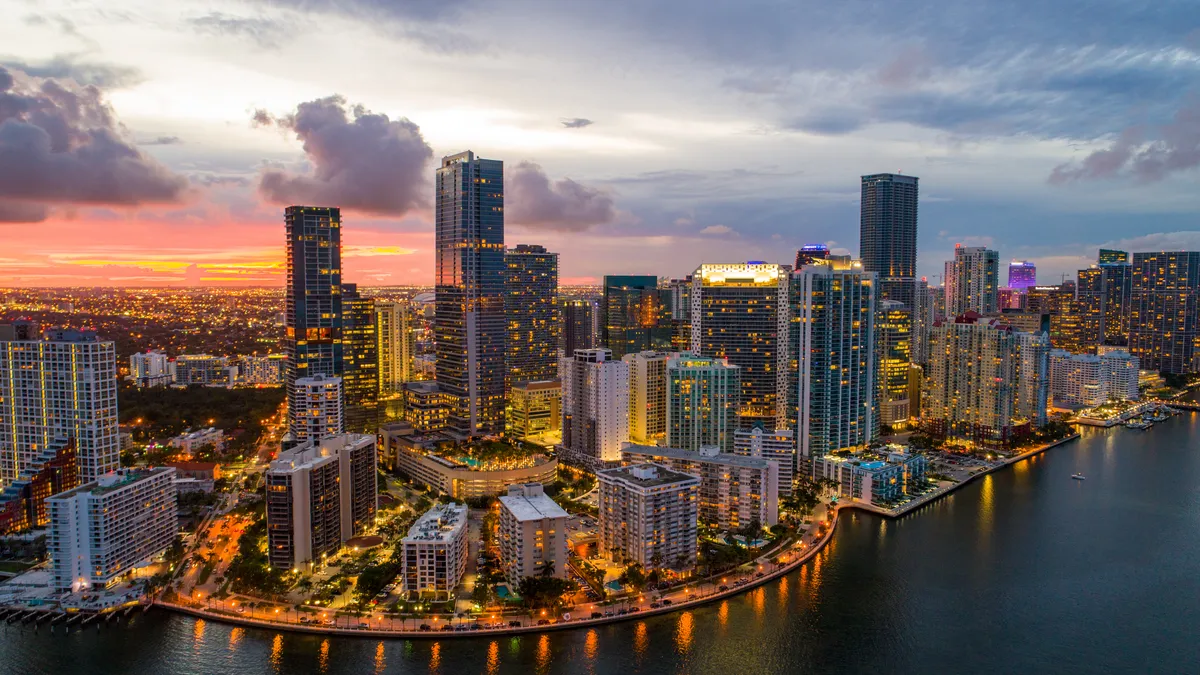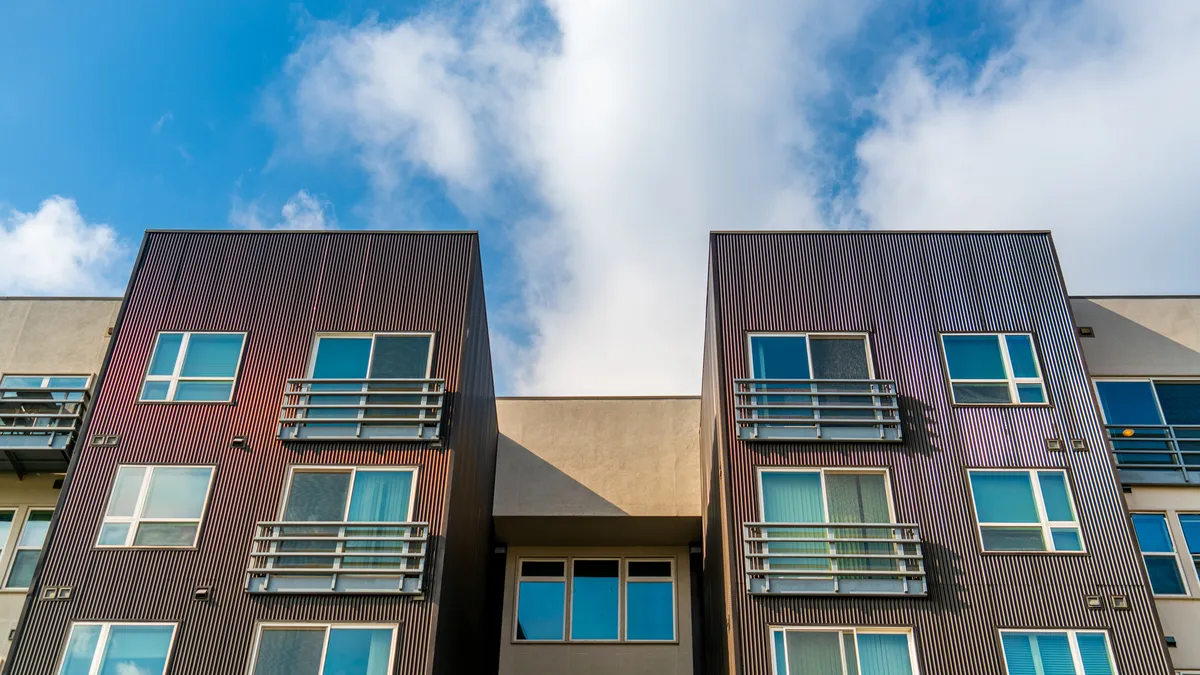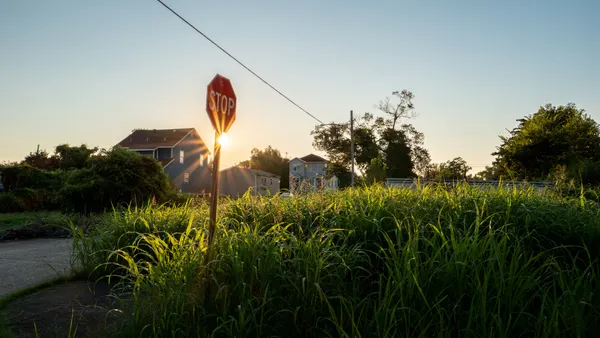Dive Brief:
- While Miami is once again the most competitive rental market in the country, other markets in the Sun Belt and Midwest aren’t far behind, according to RentCafe’s annual analysis.
- As a whole, RentCafe rates the country’s Rental Competitiveness Index at 73.4 out of a possible 100. Miami, which comes in at 91.9, has 14 prospective renters for each of its vacant apartments, driven by a thriving economy, strong job opportunities and desirable location, according to the study.
- While high demand fuels some of this competition, the most competitive rental markets are also notable for their anemic new supply levels. The top 20 markets have an average share of units built within the last year of 0.49% of total stock, below the national average of 0.67%.
Dive Insight:
RentCafe bases its RCI on five data points — new apartment construction in the past year, number of prospective renters, lease renewal rates, occupancy and days until a vacant apartment is leased.
Miami has grown more competitive since the last report at the start of 2023. While occupancy there is down slightly, units spend less time on the market and potential renters per unit have fallen, Miami’s lease renewal rate is up to 73.4% in 2024 from 70.9% in 2023, and its share of new units has fallen from 1.24% to 0.97%.
The 10 most competitive rental markets
| Market | Competitiveness score | Occupancy rate | Prospective renters per vacant unit | Share of new units in housing stock | |
|---|---|---|---|---|---|
| 1. | Miami-Dade, Florida | 91.9 | 96.5% | 14 | 0.97% |
| 2. | Milwaukee | 87.0 | 95.1% | 9 | 0.53% |
| 3. | North Jersey, New Jersey | 85.4 | 95.8% | 9 | 0.51% |
| 4. | Suburban Chicago | 85.3 | 95.0% | 10 | 0.51% |
| 5. | Grand Rapids, Michigan | 84.5 | 95.1% | 6 | 0.27% |
| 6. | Oklahoma City | 82.8 | 93.1% | 6 | 0% |
| 7. | Bridgeport-New Haven, Connecticut | 82.7 | 95.4% | 9 | 0% |
| 8. | Cincinnati | 82.4 | 94.7% | 9 | 0.61% |
| 9. | Lansing-Ann Arbor, Michigan | 82.3 | 94.4% | 6 | 0% |
| 10. | Orlando, Florida | 81.4 | 94.4% | 8 | 0.64% |
SOURCE: RentCafe
The Midwest takes seven out of the top 20 spots after Miami, starting with Milwaukee at No. 2 with an RCI of 87.0. Milwaukee has nine renters for each vacant unit and sports a strong job market, affordable cost of living and a number of urban renewal initiatives.
Out of the top 20 markets, the vast majority — 17 — have a lower share of new apartments than the national average. Four of these markets — Oklahoma City (No. 6); Bridgeport-New Haven, Connecticut (No. 7); Lansing-Ann Arbor, Michigan (No. 9); and Silicon Valley, California (No. 20) — have not had any new units open at all.
For Silicon Valley in particular, RealPage notes that hybrid work and return-to-office policies have led to higher demand for a limited supply of units, as workers have moved back into the urban core to be closer to their offices. This region has the lowest days-on-market average in the state at 37 days.











